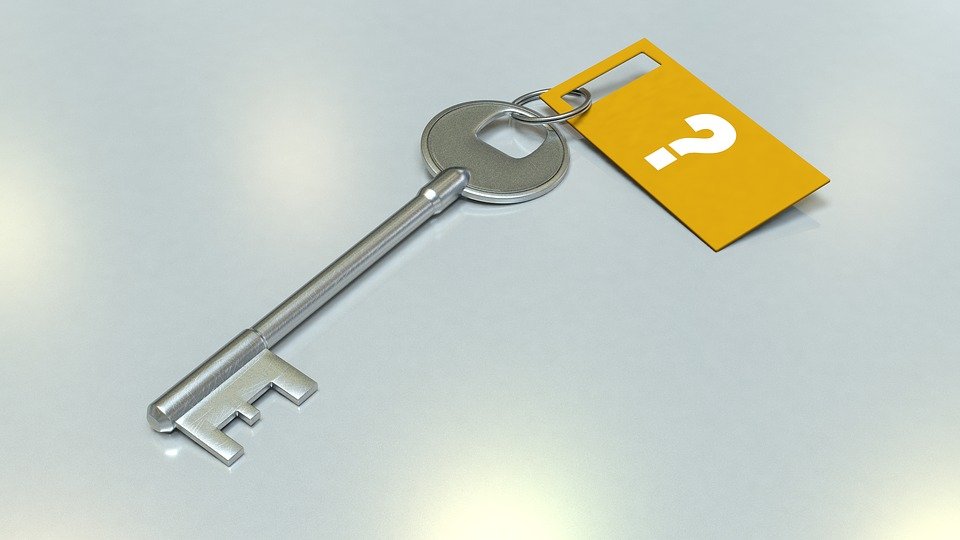
Write-Off vs Write-Down: What’s the Difference?

When running a business, you may encounter the terms “write-off” and “write-down.” While similar, though, write-offs aren’t the same as write-downs. And if you use them incorrectly, you could inadvertently throw off your business’s financial records. So, what’s the difference between a write-off and write-down?
What Is a Write-Off?
A write-off is an accounting process in which the value of an asset is reduced to zero. If an asset currently owned by your business no longer has value — it’s worth zero dollars, in other words — you can write it off to reduce your business’s taxable income for the given year.
A common example of a write-off is bad debt. If your business allows customers or clients to pay after their product has been delivered or their service has been performed, you’ll have to collect payments. Hopefully, this doesn’t occur, but if a customer or client fails to pay, your business will have bad debt. Although the debt was originally valuable, it no longer holds value once considered “bad.” Therefore, it can be written off in your business’s books.
How to Record a Write-Off in Quickbooks
You can easily record write-offs using the Quickbooks accounting software. To get started, log in to your account. Next, create an account for write-offs by clicking the gear icon and selecting “Chart of Accounts” under your company’s name. Next, click “New” and select “Expenses” from the “Account Type” drop-down menu. You can then enter a name for the account, such as “write-offs” or “bad debt.” When finished, click “Save and close.”
After creating the new account, you’ll need to create a new product or service for it. Of course, this is done by clicking the gear icon from the home screen and choosing “Products and Services” below “Lists.” From here, select “New,” at which point you can complete the fields with information about the write-off.
What Is a Write-Down?
A write-down, on the other hand, is the reduction of an asset’s value. The difference between a write-off and write-down is that the former reduces the asset’s value to zero, whereas the latter reduces the asset’s value to a number above zero.
If your business owns inventory, for example, the value of that inventory may become lower over time, in which case you can write it down. Write-downs have a similar effect as write-offs, making them an important tool to lower your business’s taxable income for the year.
Have anything else that you’d like to add? Let us know in the comments section below!
